Sebastian Gardner, Sartre's Being And Nothingness
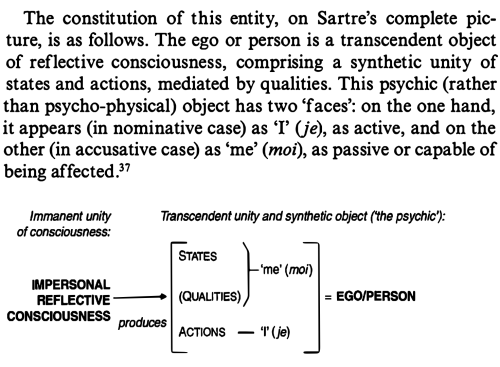
Sebastian Gardner, Sartre's Being and Nothingness
More Posts from Sigilheart and Others
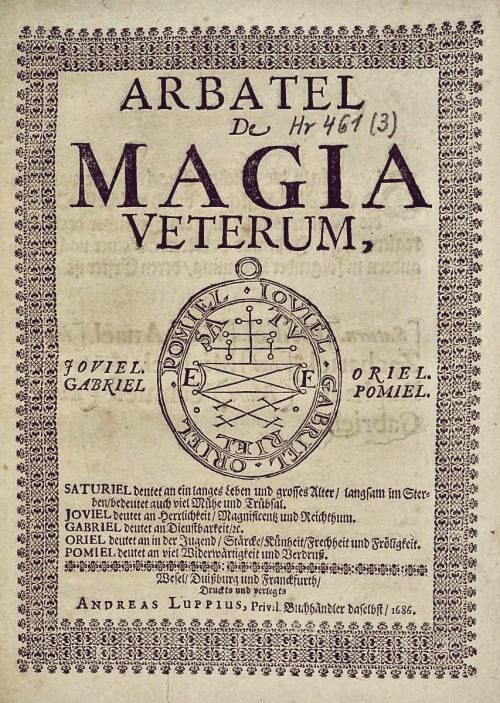
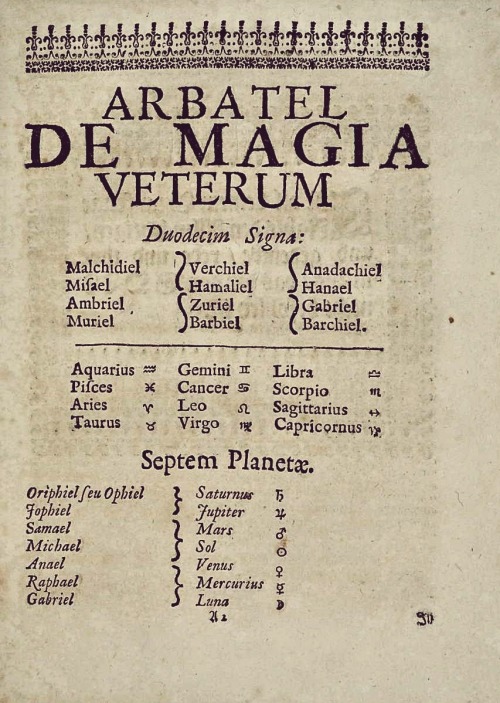

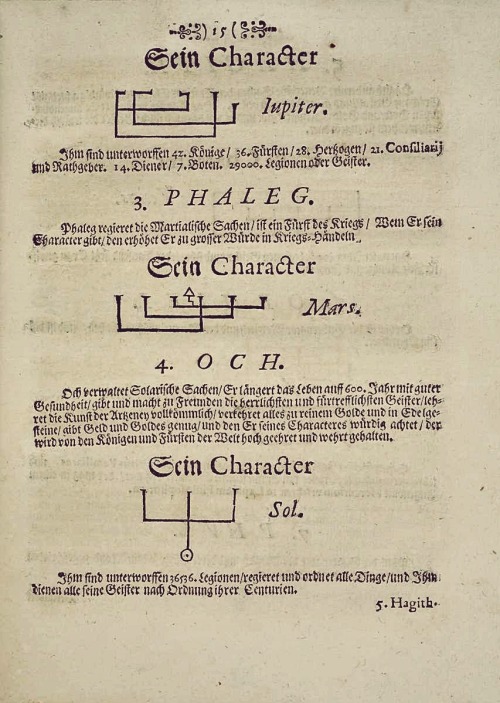
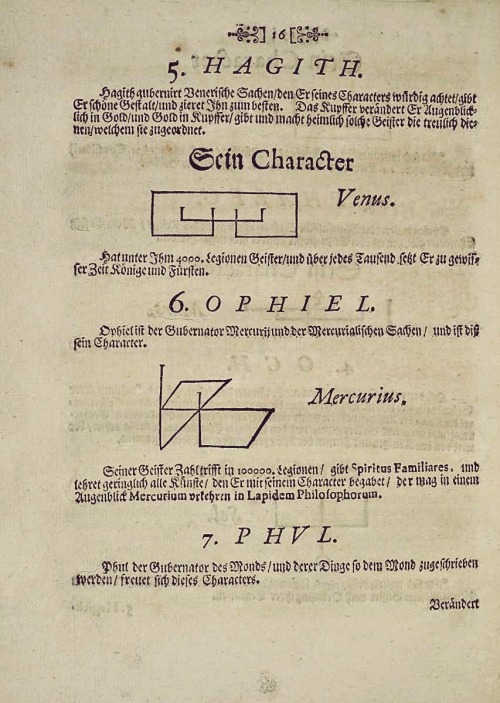
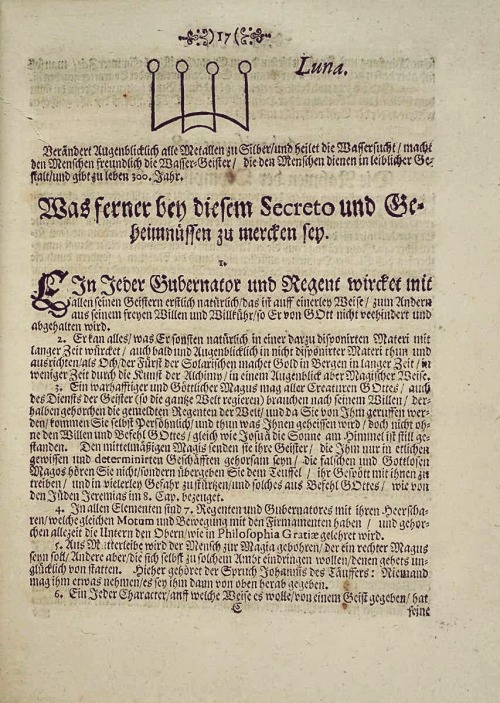
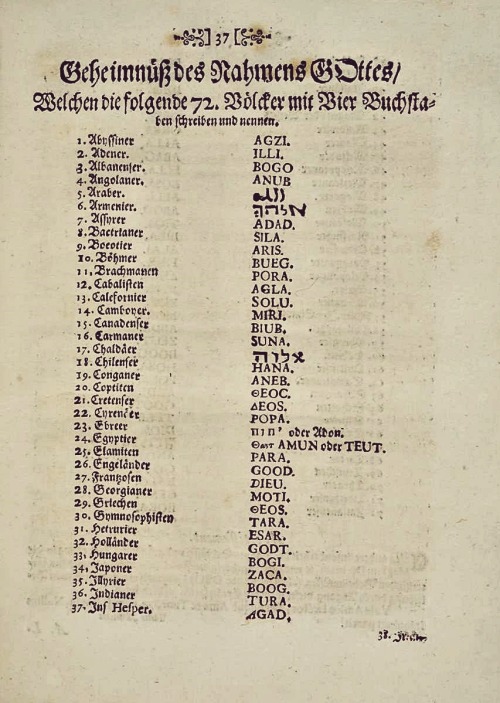
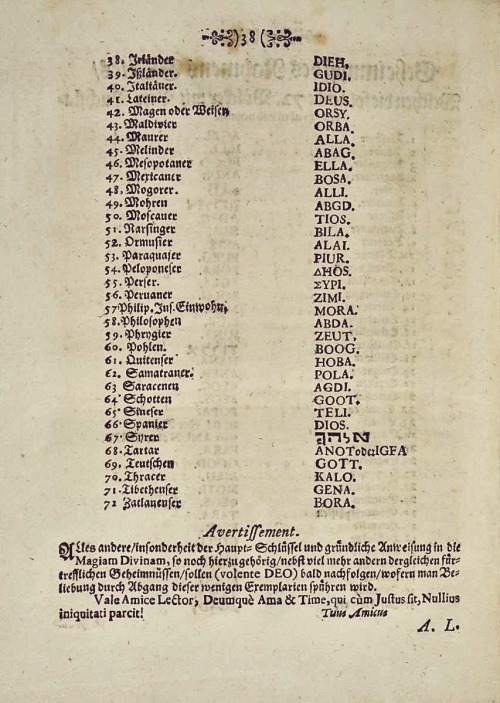
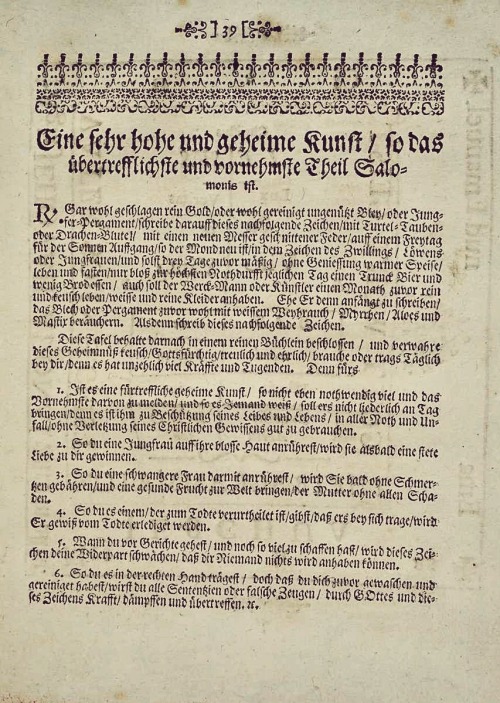
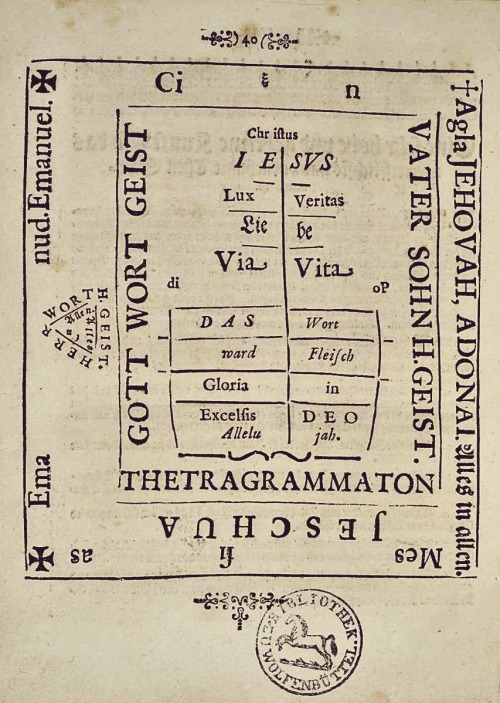
The Arbatel De Magia Veterum (Arbatel: On the Magic of the Ancients) is a grimoire of ceremonial magic that was published in 1575 in Switzerland. It was likely edited by Theodor Zwinger, and published by Pietro Perna. The actual author of the text remains unknown, but scholars suggest Jacques Gohory as a possible candidate.
The Arbatel mainly focuses on the relationship between humanity, celestial hierarchies, and the positive relationship between the two. The Olympian spirits featured in it are entirely unique to this grimoire. Unlike other grimoires, the Arbatel exhorts the magus to remain active in their community (instead of isolating themselves), favoring kindness, charity, and honesty over remote and obscure rituals. The teachings of Swiss alchemist Paracelsus greatly influenced the writing of this work, though it is also deeply rooted in classical culture, Ancient Greek philosophy, the Sibylline oracles and the philosophy of Plotinus.
Originally written in Latin, these selected ten pages come from a later German translation of the work, dated to 1686.


from Bhanu Kapil’s The Vertical Interrogation of Strangers

A transpersonal psyche with a collective unconscious composed of the sum of all of the archetypes as Jung’s model proposed would have features of a scale-free network structure. His methodology for approaching the unconscious, especially amplification, similarly can be seen to map and understand the psyche as such a network.
—Joseph Cambray, Synchronicity: Nature & Psyche in an Interconnected Universe

Jakob Böhme. Mystical Heart Diagram. 1647.
The basic tenets of alchemy:
1. The universe has a divine origin. The cosmos is an emanation of One God. Therefore All is One.
2. Everything in the physical world exists by virtue of the Law of Polarity or Duality. Any idea can be defined in relation to its opposite, such as: male-female, light-dark, sun-moon, spirit-body, and so on.
3. Everything in the physical world is composed of Spirit, Soul, and Body: the Three Alchemic Principles. (In alchemy, these are called Mercury, Sulfur, and Salt.)
4. All alchemical work, whether practical laboratory work or spiritual alchemy, consists of three basic evolutionary processes: separation, purification, and recombination.
5. All matter is composed of four archetypal energies—the four elements of Fire (thermal energy), Water (liquid), Air (gas), and Earth (solid). The knowledge and skillful use of these four energy types is an essential part of alchemical work.
6. The Quintessence, or “Fifth essence,” is contained within the four elements but is not one of them. It is one of the three essential Principles, also called the Philosophic Mercury.
7. Everything moves toward its preordained state of perfection.
Israel Regardie, The Philosopher’s Stone: Spiritual Alchemy, Psychology, and Ritual Magic

Theories can be crudely organized into a family tree where each might, at least in principle, be derivable from more fundamental ones above it
Bernard Carr, Universe or Multiverse?
-
 buwandiwata reblogged this · 2 weeks ago
buwandiwata reblogged this · 2 weeks ago -
 sigilheart reblogged this · 1 month ago
sigilheart reblogged this · 1 month ago -
 uborkabor reblogged this · 1 month ago
uborkabor reblogged this · 1 month ago -
 radioceann liked this · 1 month ago
radioceann liked this · 1 month ago -
 l4st-cig liked this · 3 months ago
l4st-cig liked this · 3 months ago -
 wtvlolawants liked this · 3 months ago
wtvlolawants liked this · 3 months ago -
 deathcult777 liked this · 4 months ago
deathcult777 liked this · 4 months ago -
 electrospective reblogged this · 4 months ago
electrospective reblogged this · 4 months ago -
 electrospective liked this · 4 months ago
electrospective liked this · 4 months ago -
 testphasedemo reblogged this · 4 months ago
testphasedemo reblogged this · 4 months ago -
 testphasedemo liked this · 4 months ago
testphasedemo liked this · 4 months ago -
 sartrist reblogged this · 4 months ago
sartrist reblogged this · 4 months ago -
 porfiration reblogged this · 5 months ago
porfiration reblogged this · 5 months ago -
 philipkampp reblogged this · 10 months ago
philipkampp reblogged this · 10 months ago -
 philipkampp liked this · 10 months ago
philipkampp liked this · 10 months ago -
 sartrist reblogged this · 10 months ago
sartrist reblogged this · 10 months ago -
 lone-gem-half reblogged this · 1 year ago
lone-gem-half reblogged this · 1 year ago -
 etterosier liked this · 1 year ago
etterosier liked this · 1 year ago -
 divinesublimeterror reblogged this · 1 year ago
divinesublimeterror reblogged this · 1 year ago -
 fkingfullmetal liked this · 1 year ago
fkingfullmetal liked this · 1 year ago -
 salmonandcapersbagel reblogged this · 1 year ago
salmonandcapersbagel reblogged this · 1 year ago -
 dadaromantic liked this · 1 year ago
dadaromantic liked this · 1 year ago -
 iminthetunnels liked this · 1 year ago
iminthetunnels liked this · 1 year ago -
 corneater3000 reblogged this · 1 year ago
corneater3000 reblogged this · 1 year ago -
 adrisaster liked this · 1 year ago
adrisaster liked this · 1 year ago -
 spiritbecomesher liked this · 1 year ago
spiritbecomesher liked this · 1 year ago -
 geltoothpaste reblogged this · 1 year ago
geltoothpaste reblogged this · 1 year ago -
 geltoothpaste liked this · 1 year ago
geltoothpaste liked this · 1 year ago -
 orbium liked this · 1 year ago
orbium liked this · 1 year ago -
 saigatatarica reblogged this · 1 year ago
saigatatarica reblogged this · 1 year ago -
 beomglowing liked this · 1 year ago
beomglowing liked this · 1 year ago -
 limitedfucks liked this · 1 year ago
limitedfucks liked this · 1 year ago -
 d0gtag liked this · 1 year ago
d0gtag liked this · 1 year ago -
 darknfuntasie liked this · 1 year ago
darknfuntasie liked this · 1 year ago -
 meow818 liked this · 1 year ago
meow818 liked this · 1 year ago -
 scarymonsters-protectivespirits liked this · 1 year ago
scarymonsters-protectivespirits liked this · 1 year ago -
 life-feelslikealie liked this · 1 year ago
life-feelslikealie liked this · 1 year ago -
 itsmightyfunny liked this · 1 year ago
itsmightyfunny liked this · 1 year ago -
 curaimpetu liked this · 1 year ago
curaimpetu liked this · 1 year ago -
 andromedalone liked this · 1 year ago
andromedalone liked this · 1 year ago -
 kelime-defteri liked this · 1 year ago
kelime-defteri liked this · 1 year ago -
 citrusandbones reblogged this · 1 year ago
citrusandbones reblogged this · 1 year ago -
 citrusandbones liked this · 1 year ago
citrusandbones liked this · 1 year ago -
 acordatetodopasa reblogged this · 1 year ago
acordatetodopasa reblogged this · 1 year ago -
 thedragonwithinthebat reblogged this · 1 year ago
thedragonwithinthebat reblogged this · 1 year ago -
 infracta-blog liked this · 1 year ago
infracta-blog liked this · 1 year ago -
 atma-gaia liked this · 1 year ago
atma-gaia liked this · 1 year ago











